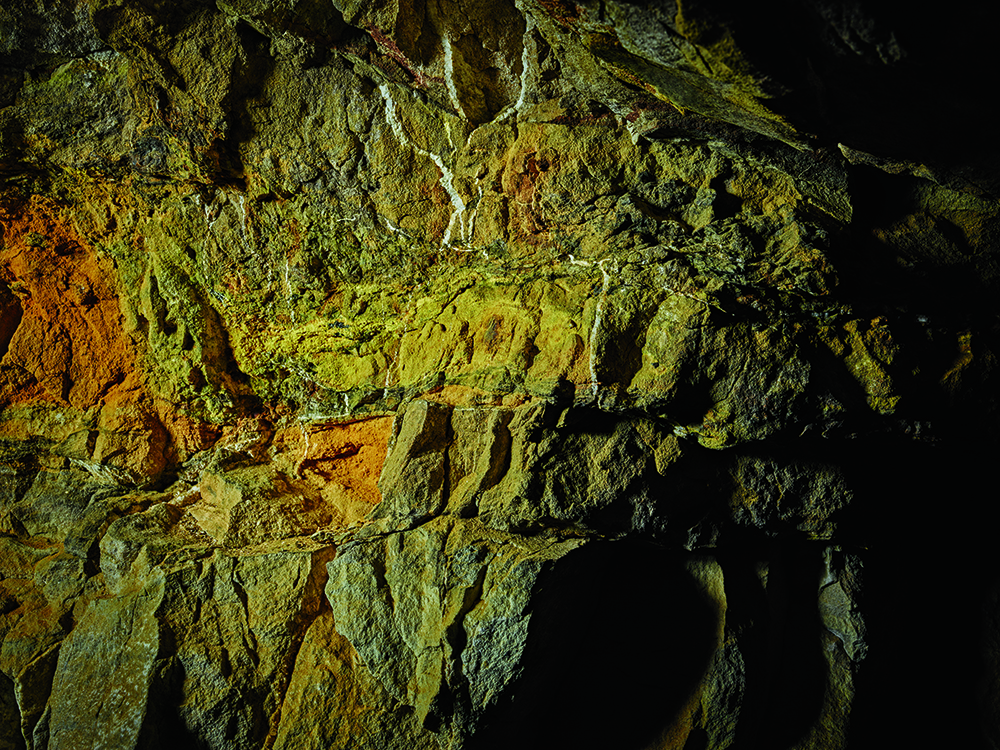Lesson Plan May 23, 2018
Mapping States of Decay: The Geography of Radioactivity on the Colorado Plateau
Country:
Grades:
Before Class:
1. Read Ben Mauk's "States of Decay" on the Harper's website. If you have any trouble accessing it there, you can read the text at the Pulitzer Center website.
- Make a note of any words or terms you have to look up the definition for as you read.
- Take notes about where Mauk traveled, who he met, what he was looking for, and what he found.
Discussion:
1. Share any words or phrases you looked up with the class. Are there any words that multiple people had on their lists? Why do you think Mauk chose these terms even if most people do not know what they mean?
2. As a class, discuss:
- Where did Mauk travel to do this reporting? What is the name for the geological area?
- Why did he go there?
- What events led to the uranium mining boom in the U.S. during the mid-20th century?
- Are there still active mines in the area?
- Why or why not?
- What happens to the inactive mines?
- How did the mines impact the surrounding communities and people in the mid and late 20th century? In the present day?
- What is the environmental impact of uranium mining?
- What is the public health impact?
- Who are the different communities and people that Mauk speaks with and what are their views on uranium mining?
- Would you want someone to mine uranium in your community? Why or why not?
- Would you go into an abandoned mine or another place with high radiation levels?
- How does Mauk use the geography and geologic history of the area in his reporting?
- Why does place (the physical space, the people, environment, etc.) matter?
- How does Mauk communicate this?
Activity:
1. In groups or on your own, create a map of Mauk's story. You can use any mapping software you want. Google Maps and StoryMap are two user-friendly and free options, but you could use any mapping tool that allows you to add pictures and text.
- Be sure to include each one of Mauk's stops.
- For each stop, incorporate a quote or photo from the reporting.
- You cannot include everything, so choose a narrative to tell with your map. For example, you could focus on people and highlight the communities who live in these places in your quote and photo selections. Other possible topics include public health, the environment, economies/business, and history.
- Examples of visual journalism using mapping are available on the Pulitzer Center website: Cholera: A Tale of Two Cities and Roads Kill.
2. Share your map with the class.
- Why did you choose the topic you focused on for your narrative?
- Did visualizing Mauk's journey change the way you understood or interpreted his writing? Why or why not?





